A Nationally Occurring Retirement Community (NORC) is a type of community that was not originally built for seniors, but now is home to a significant proportion (40 percent or more) of older residents. NORCs are not planned senior communities; rather, they happen almost by default. NORCs evolve as a critical mass of older people continue to age in place or immigrate into the community, or younger people move out.
The following table provides a description of these events.
Events Leading to Evolution of NORCs
Event |
Description |
| Seniors age in place. | Many NORCs are home to residents who raised families there decades ago and never left. These residents strongly wish to continue living in their long-standing homes. |
| Seniors immigrate into the community. | An in-migration pattern often brings seniors into age-integrated communities, typically in urban centers, where the seniors have access to amenities, culture, and other activities |
| Younger people emigrate out of the community. | Out-migration, typically in the case of younger residents moving from rural areas, leaves concentrated populations of older residents behind |
NORCs have become more prevalent than any type of planned senior living facility. They exist on many types of properties, including subsidized housing complexes, private condominiums or cooperatives, rental apartment buildings, and single-family neighborhoods. They come in countless shapes and sizes, but can be grouped into three broad categories, as shown in the table below.
Categories of NORCs
NORC Category |
Other Names |
Description |
| Housing-based NORC | These communities are located in | |
| · Classic NORC | · A single age-integrated apartment building | |
| · Closed NORC | · A housing complex with multiple buildings under common management | |
| · Vertical NORC | · An area where a number of apartment buildings are clustered together | |
| Neighborhood-based NORC | · Open NORC | These communities are typically situated in one- and two-family homes in age-integrated neighborhoods |
| · Horizontal NORC | ||
| Rural NORC | · Naturally Occurring Retirement Region (NORR) | Covers a large geographic area with low population density, typically made up of one and two family homes |
NORCs Supportive Service Programs (SSPs)
Taking advantage of the skills and experiences of senior residents and other resources, some of these communities successfully support aging in place. The density and proximity of seniors in NORCs provides economies of scale that make it possible to rethink the ways services can be organized and delivered.
Some NORCs thrive, while others seem to wither. A key differentiating factor is the existence of supportive service programs. Many communities have developed NORC supportive service programs (NORC-SSPs or just SSPs) to serve their senior residents by providing social and healthcare services tailored to their specific needs. The community-based programs are often partnerships of housing/neighborhood organizations, residents, health and social service providers, and other community stakeholders.
NORC-SSPs are generally supported by some mix of public and private funding. They combine revenue and in-kind support from government agencies, housing partners, philanthropies, corporations, community stakeholders, and residents.
A NORC-SSP was first established in 1986 at Penn South Houses, a ten-building 2,800-unit, moderate-income housing cooperative located in New York City. It developed with support from the UJA/Federation of New York. Since then, the NORC-SSP model has been broadly replicated at the local, state, and national levels.
Services Offered by NORC-SSPs
As NORCs evolve into NORC-SSPs, they typically begin offering:
- Social services
- Case management
- Healthcare management
- Education
- Recreation
- Transportation
- Volunteer opportunities
A key feature of the NORC-SSP model is flexibility in identifying and providing the kinds of services needed by each individual community and the seniors who live there. While each NORC-SSP provides a unique scope of services, all NORC-SSPs strive to maximize the health and well-being of resident seniors. In this way, NORC-SSPs help seniors to maintain their independence and comfortably age in place. NORC-SSPs exist on a spectrum, wherein the political, social, and physical environments of some NORC-SSPs are more senior-friendly.
Find a Healthy NORC-SSP
As you are evaluating each NORC-SSP, look for signs that it is a healthy program. Evidence of a healthy NORC-SSP is a community where you see that the environmental characteristics are well aligned to enhance its residents’ quality of life and well-being.
Click here to find a downloadable questionnaire designed to show the characteristics of healthy NORC-SSPs.
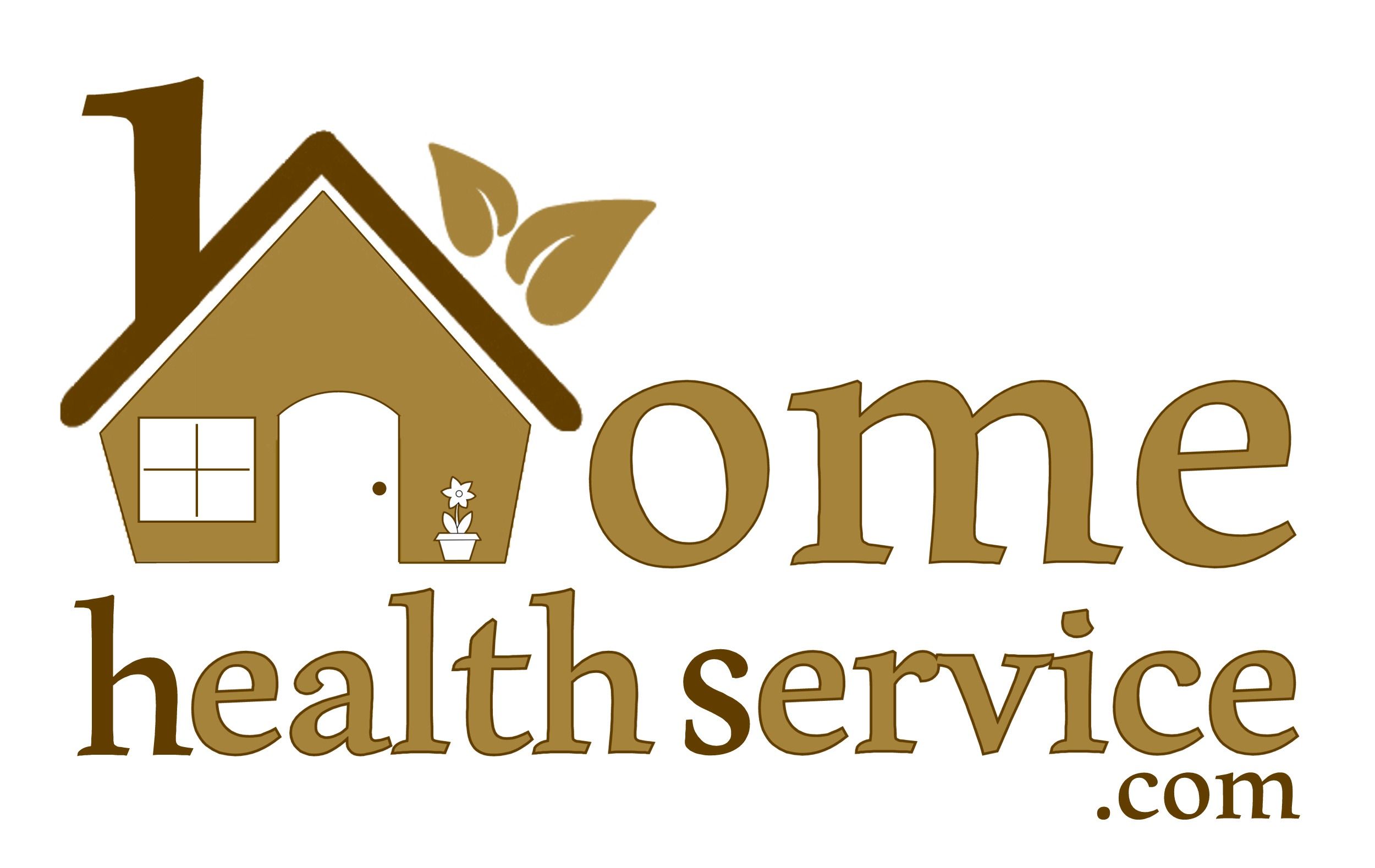
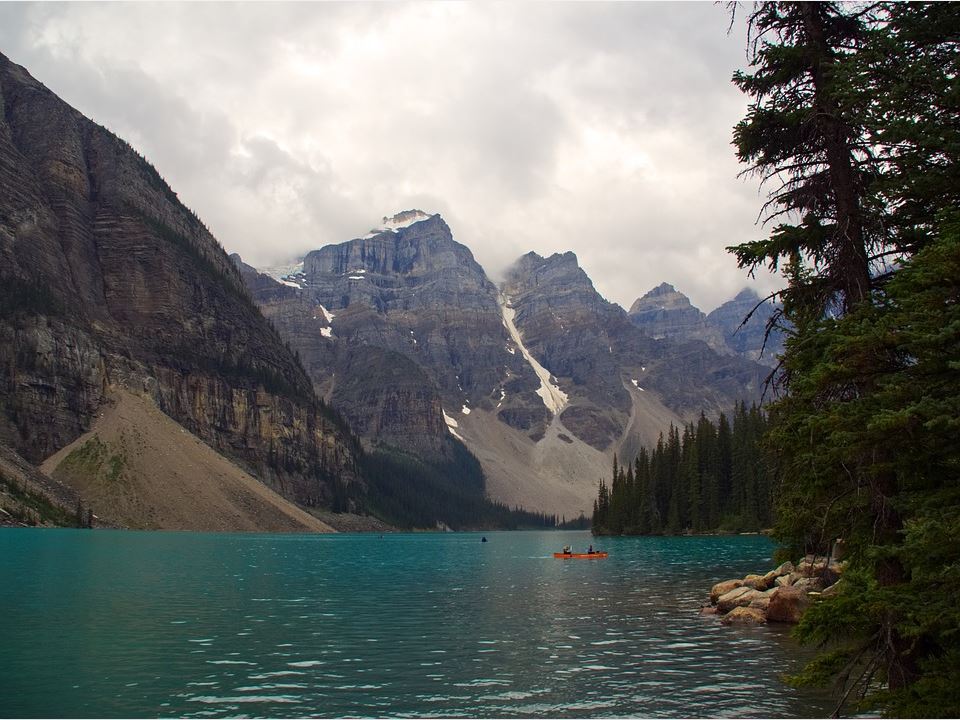
 Personal Development Goals
Personal Development Goals
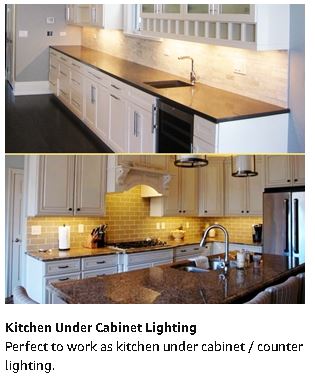
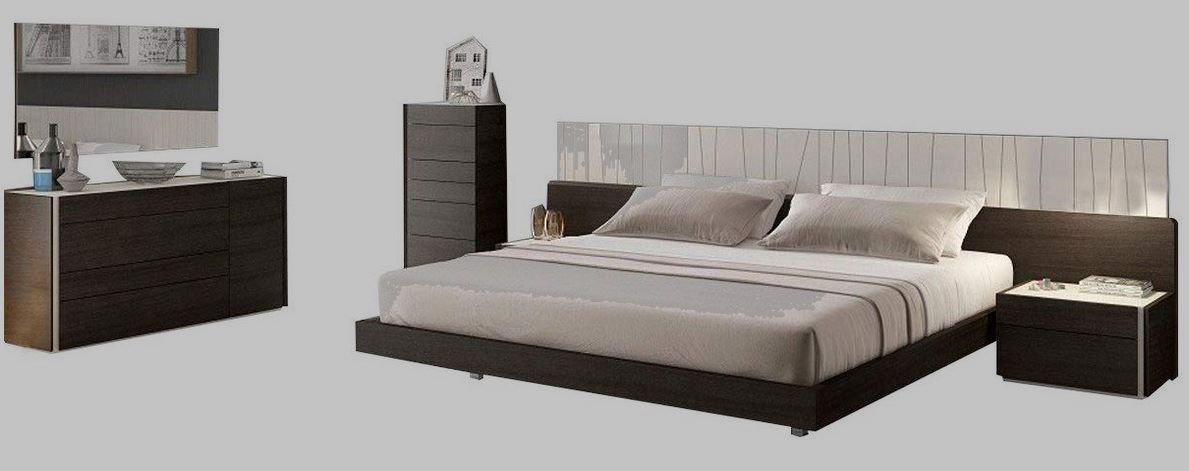 Bedrooms Designed for Aging in Place
Bedrooms Designed for Aging in Place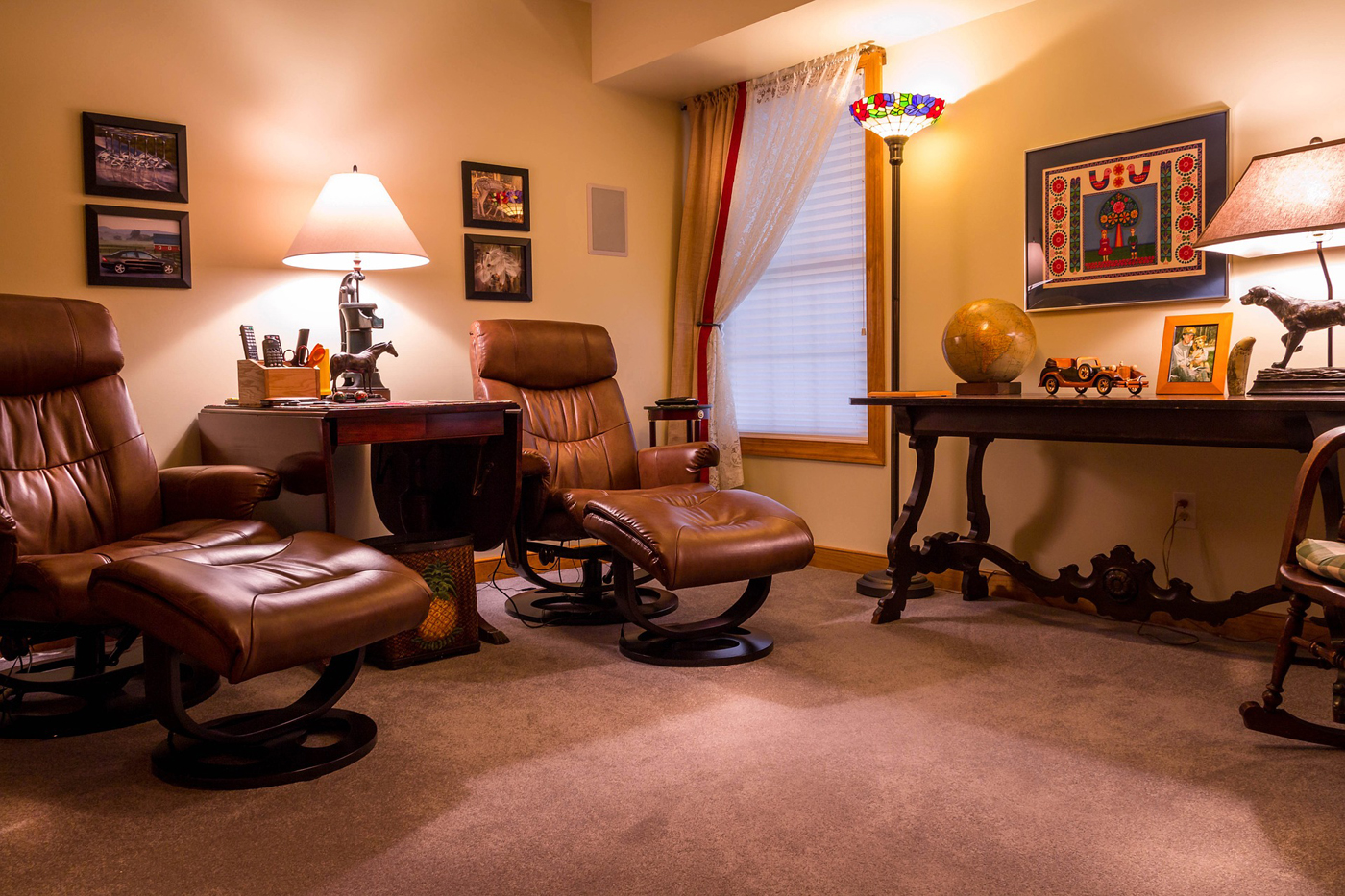 Furniture
Furniture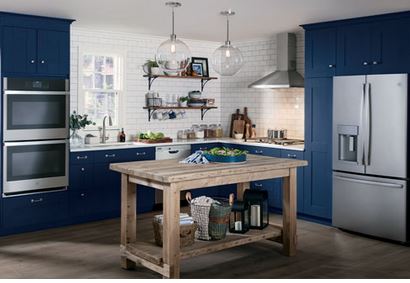 Kitchens Designed for Aging in Place
Kitchens Designed for Aging in Place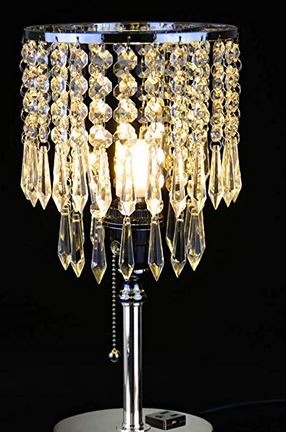 Lighting and Light Switches
Lighting and Light Switches
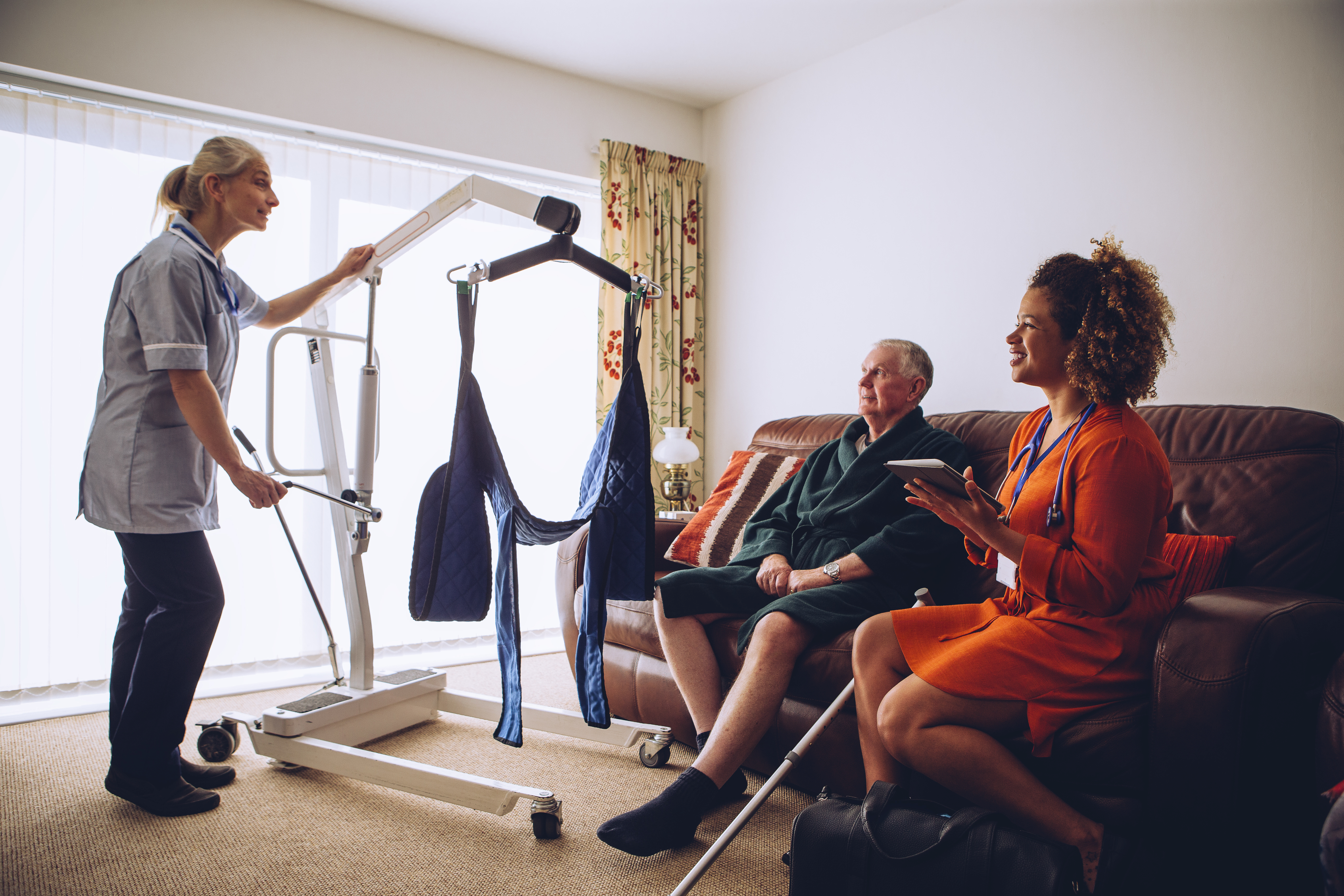 Assisting With Functional Mobility
Assisting With Functional Mobility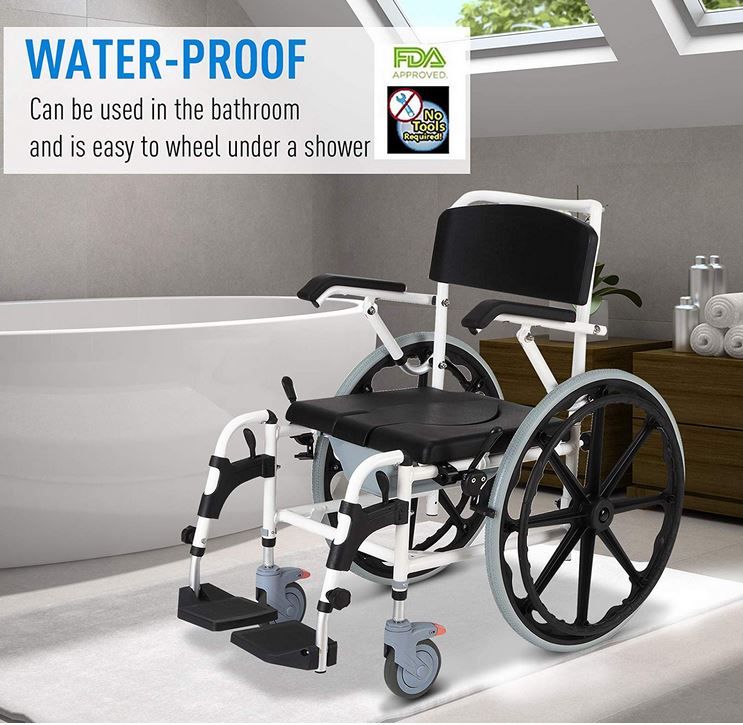 Bath and Shower Mobility Aids
Bath and Shower Mobility Aids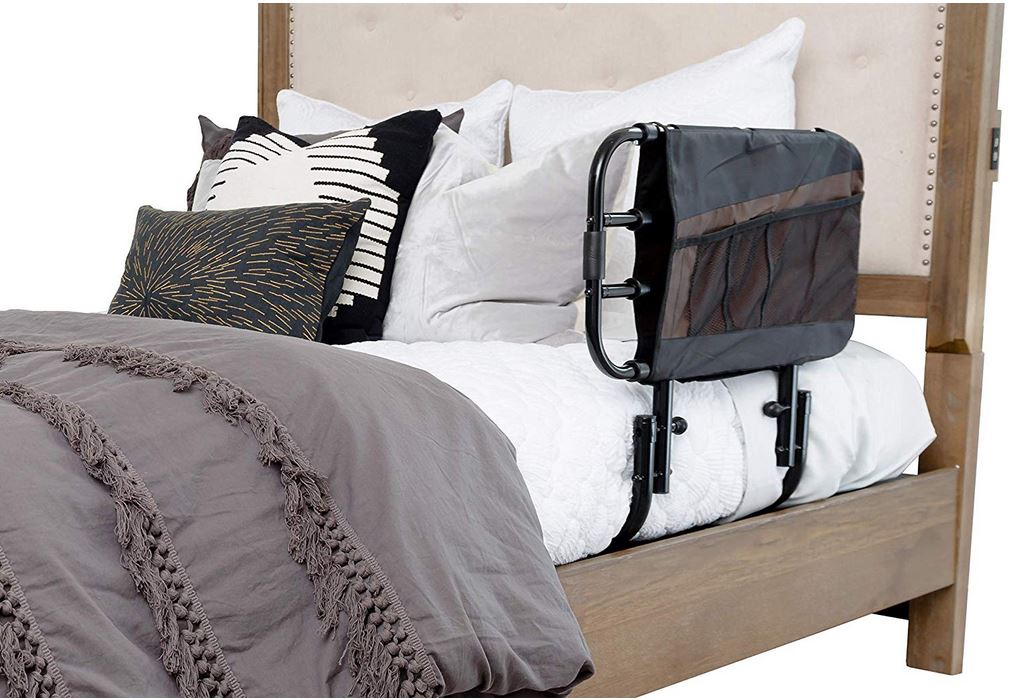 Bedroom Mobility Aids
Bedroom Mobility Aids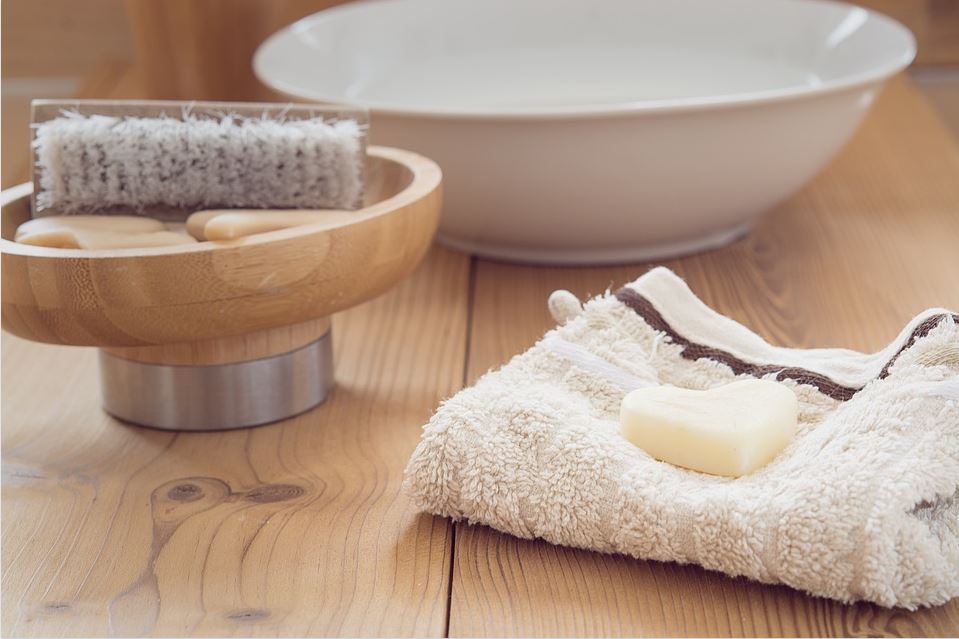 Assisting with Personal Grooming and Hygiene
Assisting with Personal Grooming and Hygiene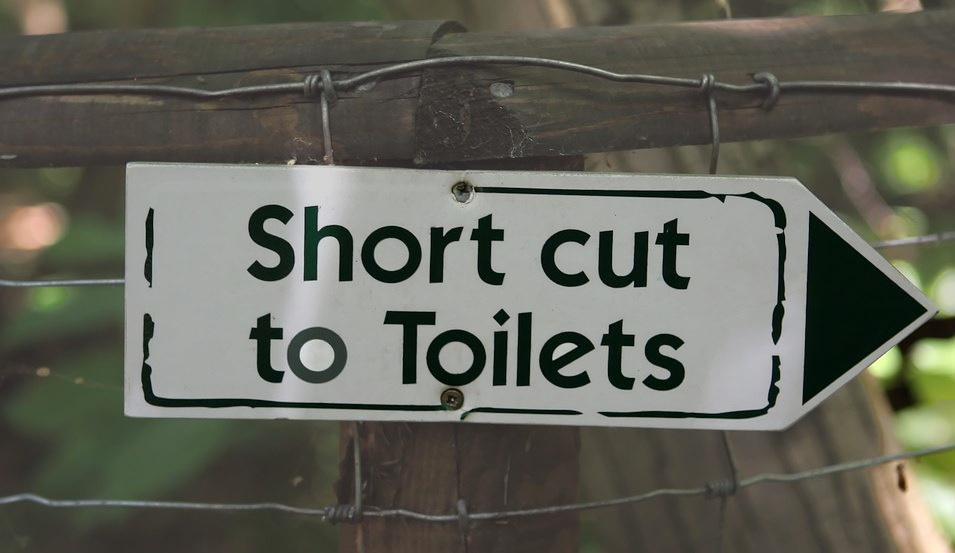 Caring for Someone With Incontinence
Caring for Someone With Incontinence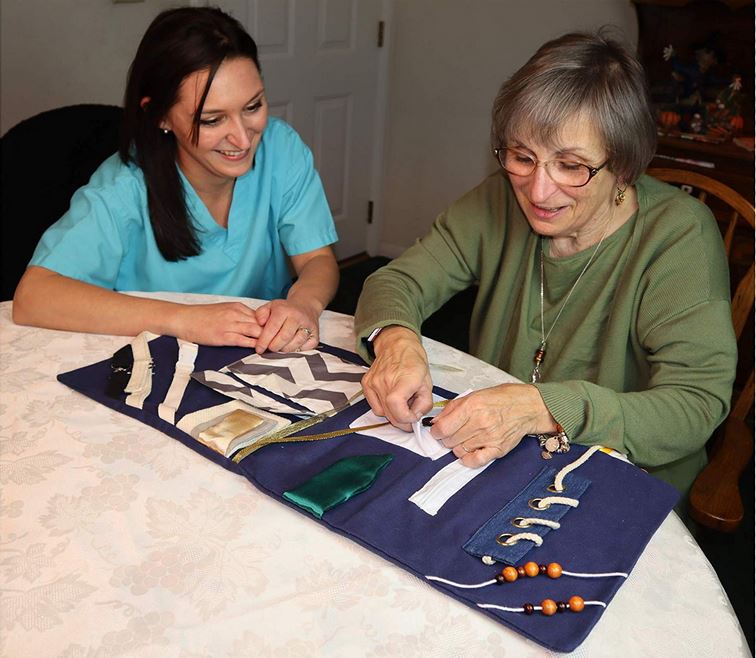 Helping People To Cope with Alzheimer’s and Dementia
Helping People To Cope with Alzheimer’s and Dementia Helping With Bill Paying
Helping With Bill Paying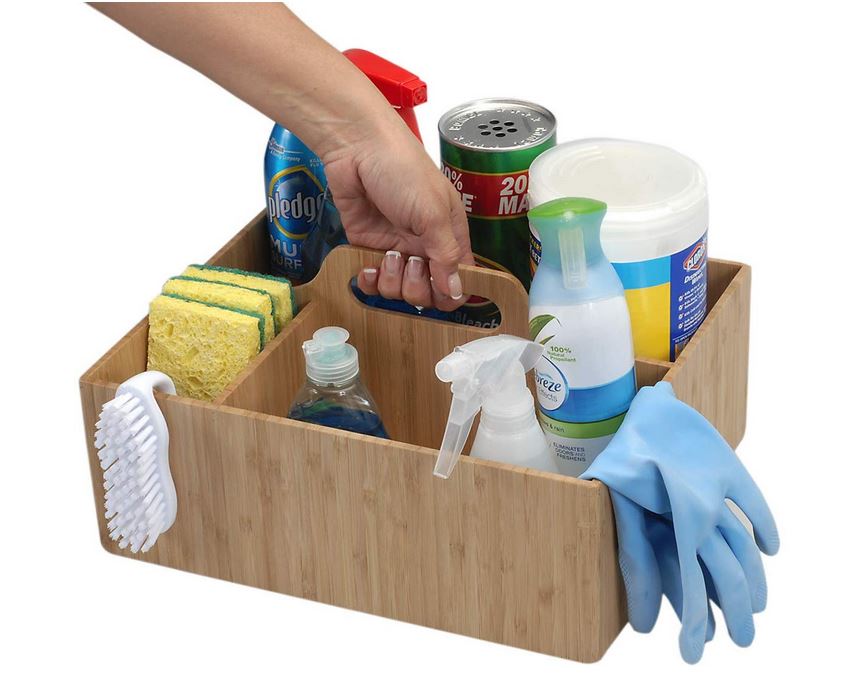 Home Cleaning Services
Home Cleaning Services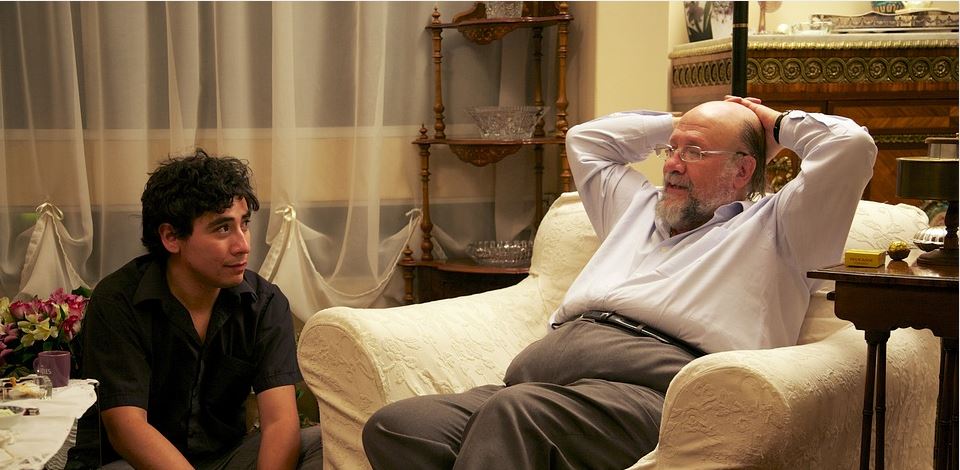 Offering Companionship
Offering Companionship Providing Medication Reminders
Providing Medication Reminders Providing Transportation
Providing Transportation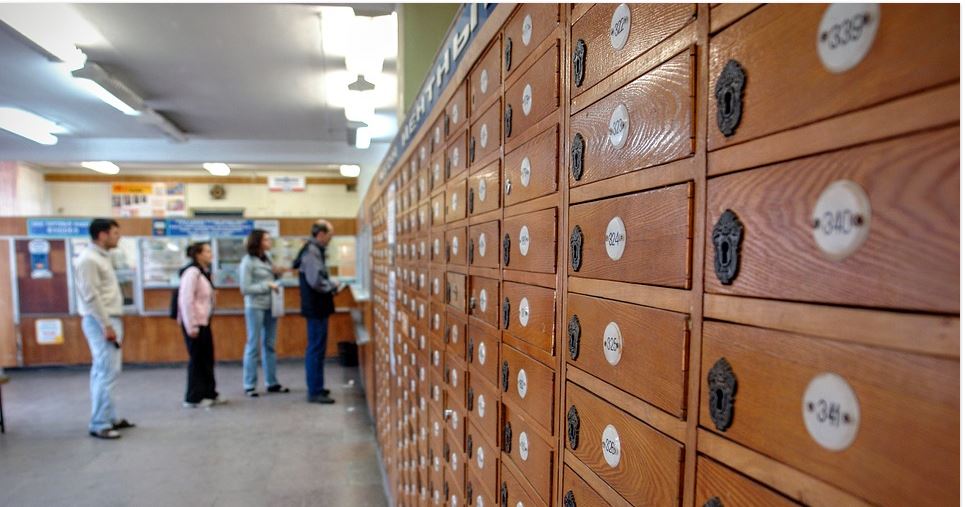 Running Errands
Running Errands
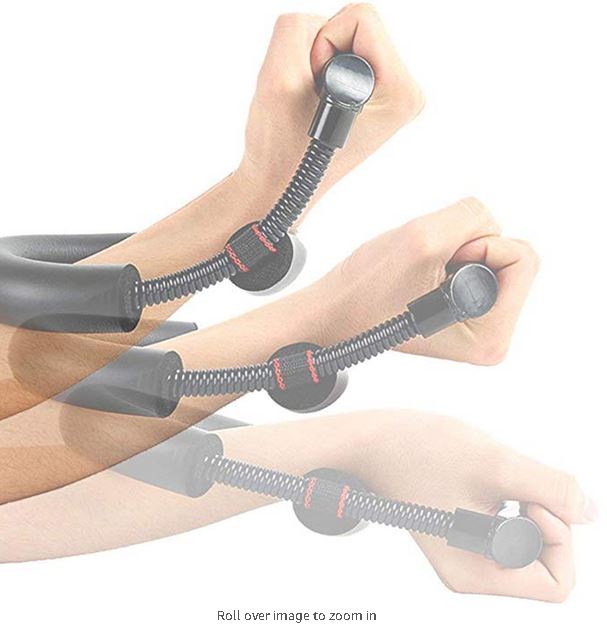
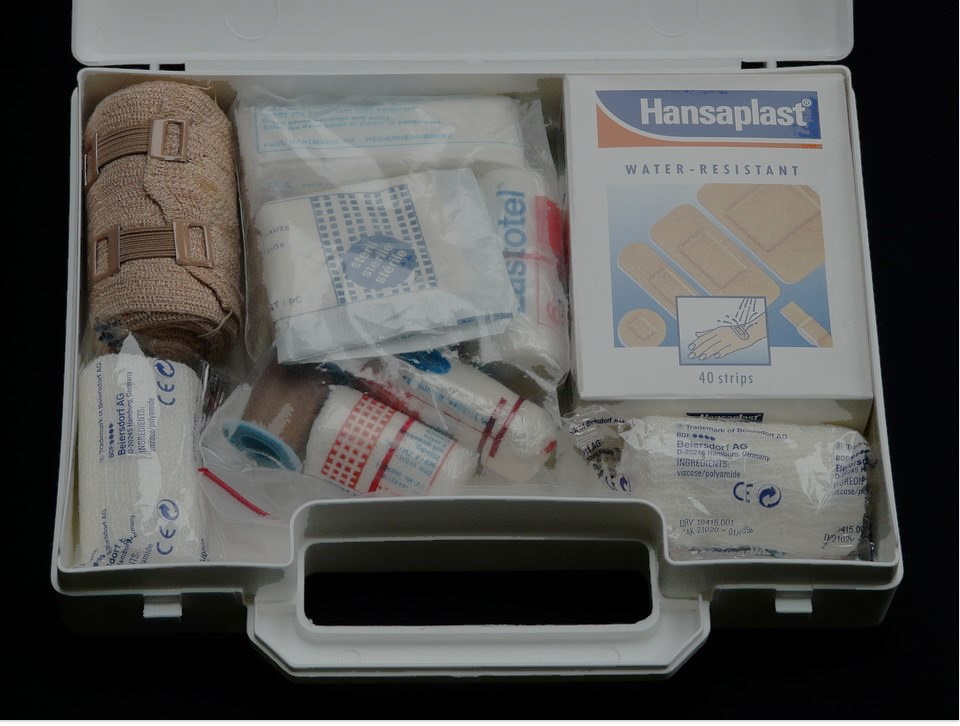 Burn Care
Burn Care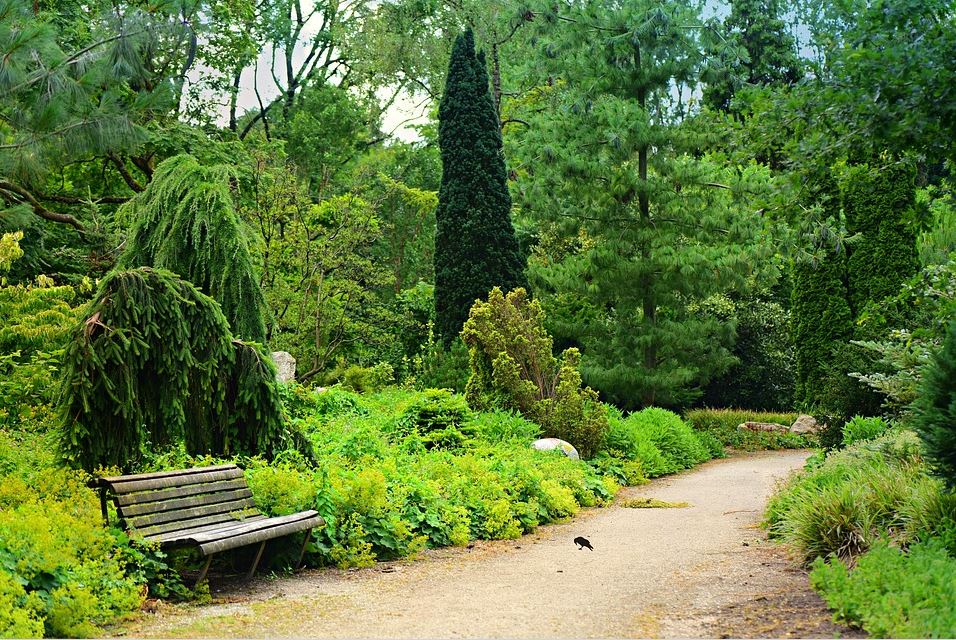 Mental Health Rehabilitaion
Mental Health Rehabilitaion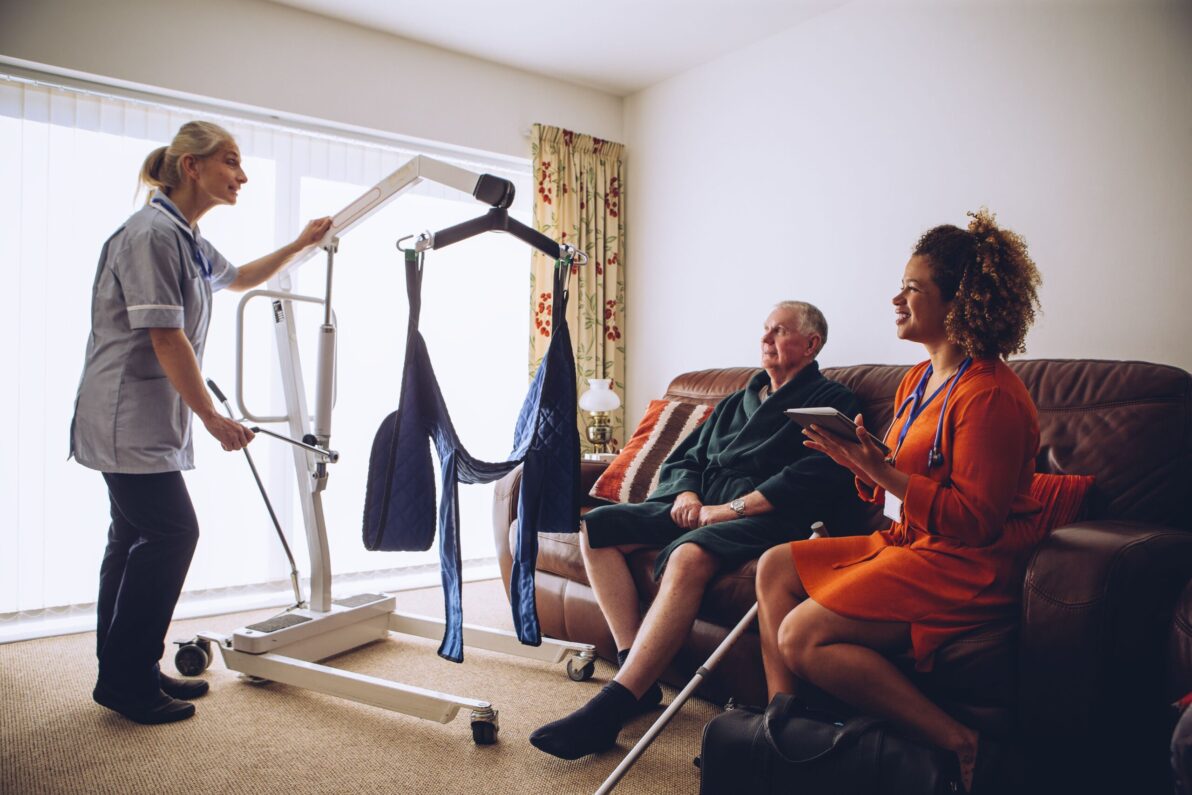
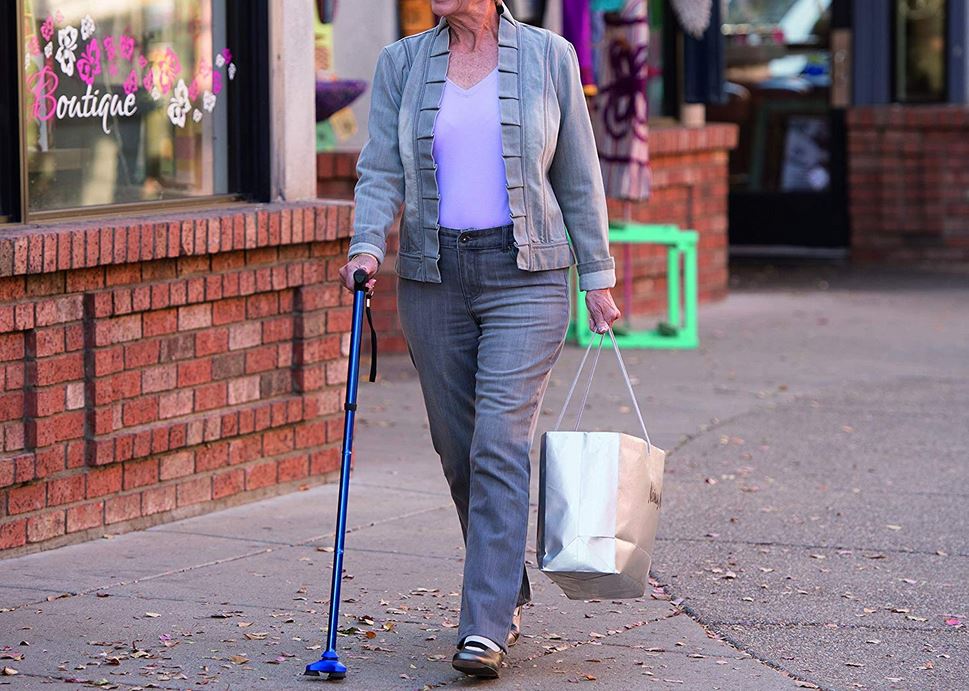 Canes
Canes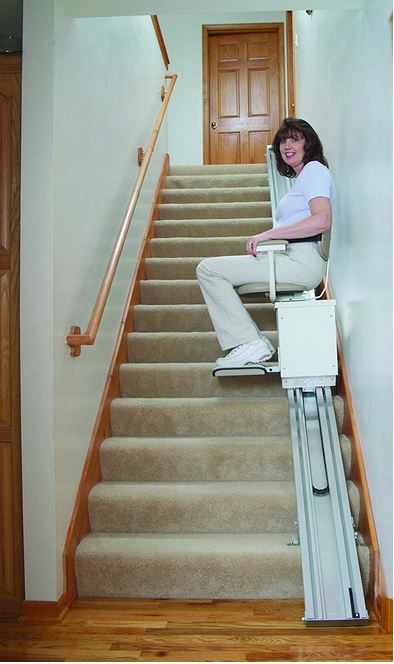 Chair Lifts / Stair Lifts
Chair Lifts / Stair Lifts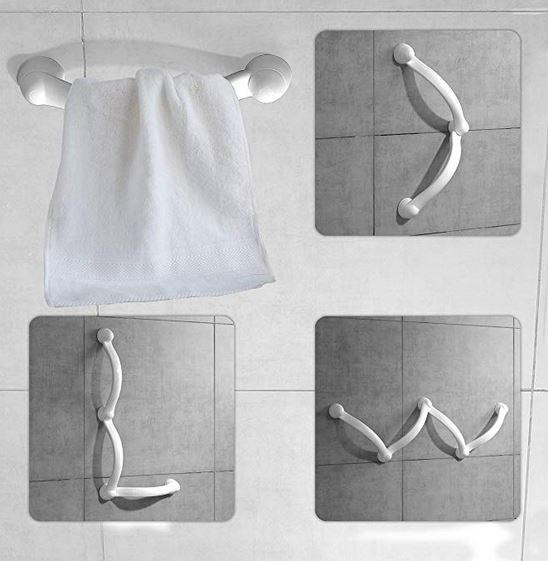 Grab Bars
Grab Bars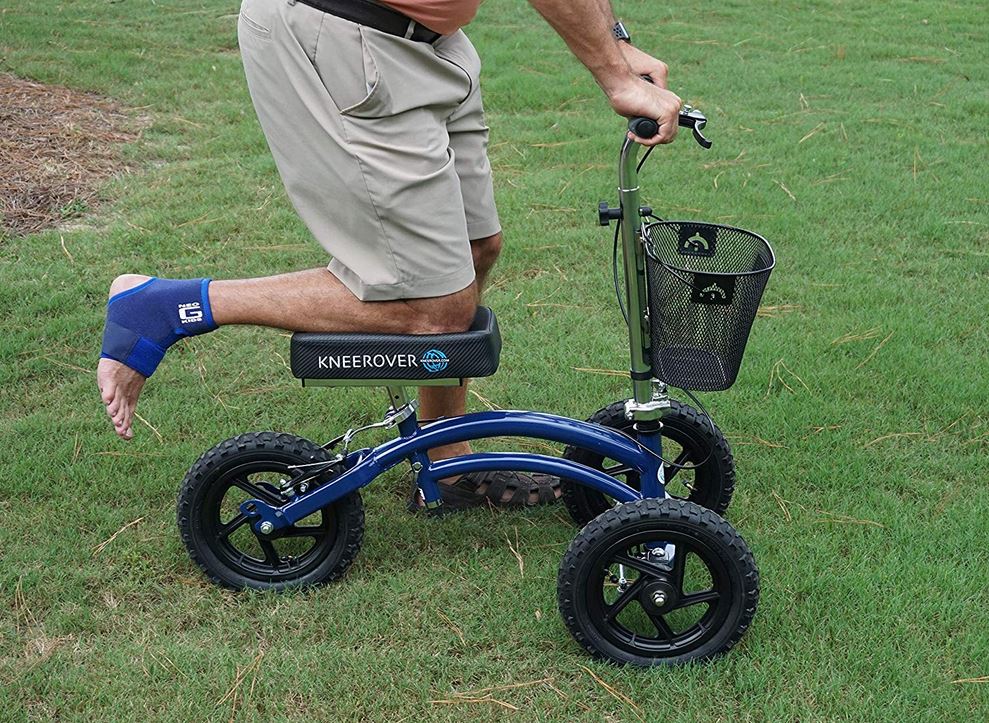 Knee Scooters / Knee Walkers
Knee Scooters / Knee Walkers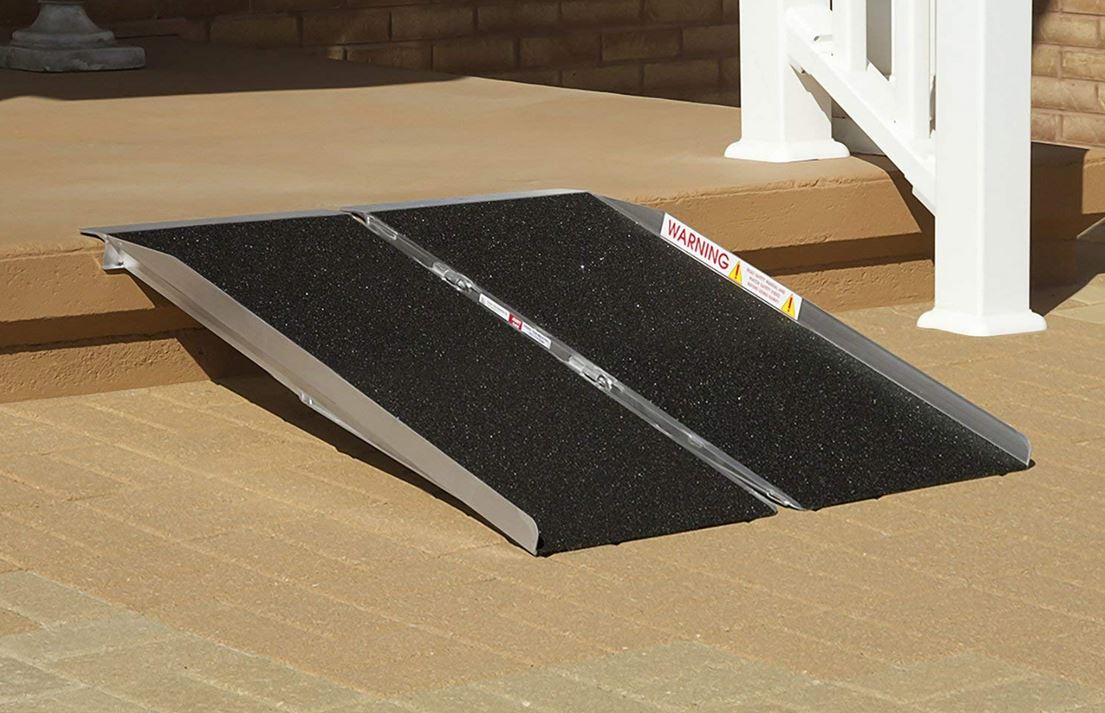 Ramps
Ramps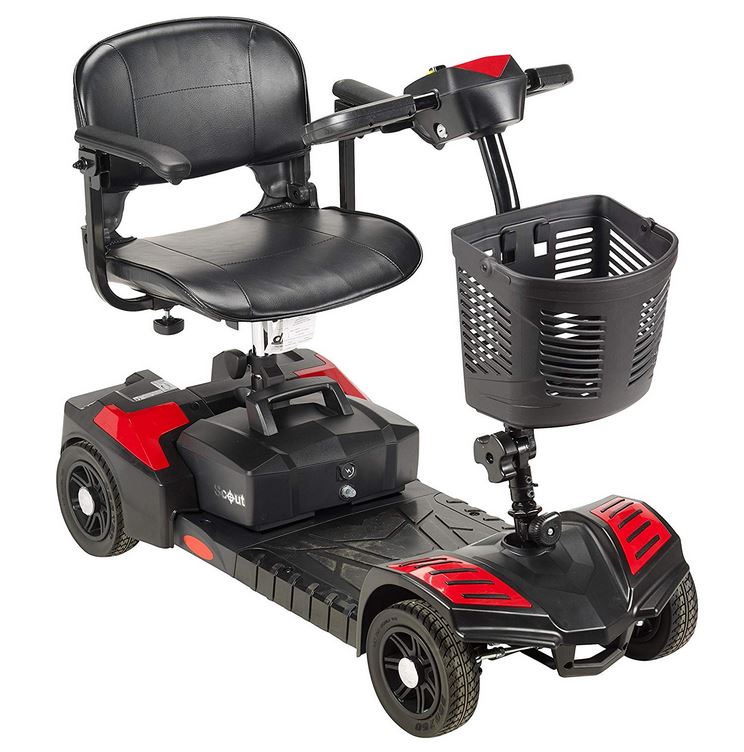 Scooters
Scooters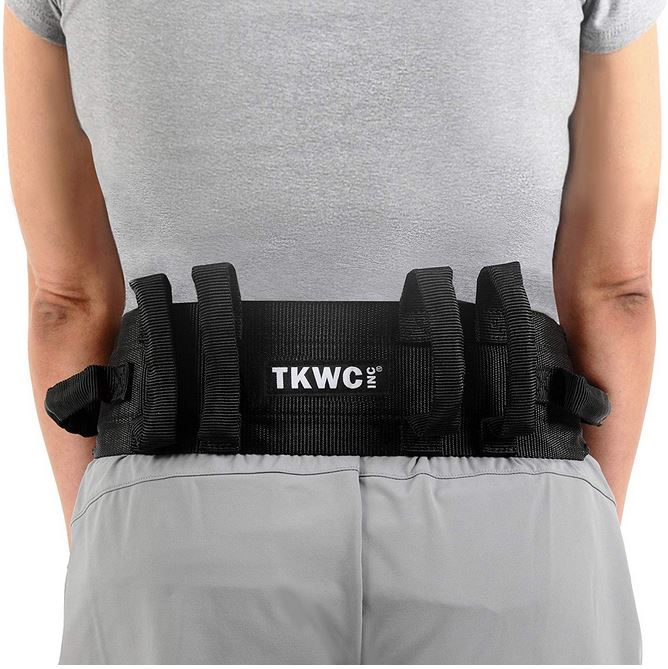 Transfer belts / pads / equipment
Transfer belts / pads / equipment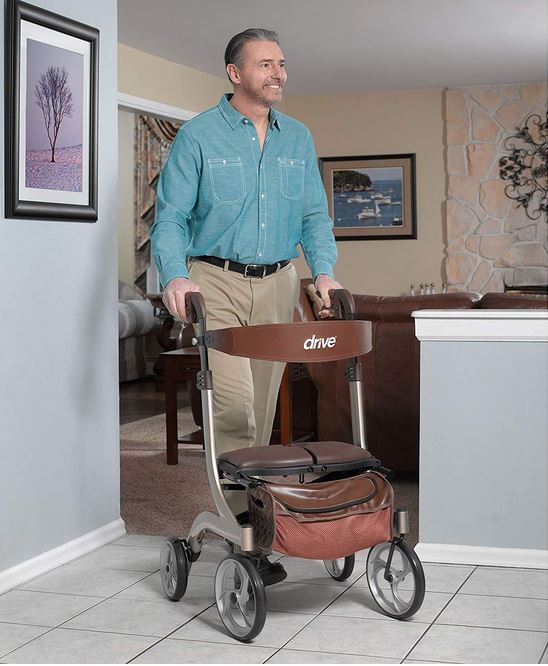 Walkers and Rollaters
Walkers and Rollaters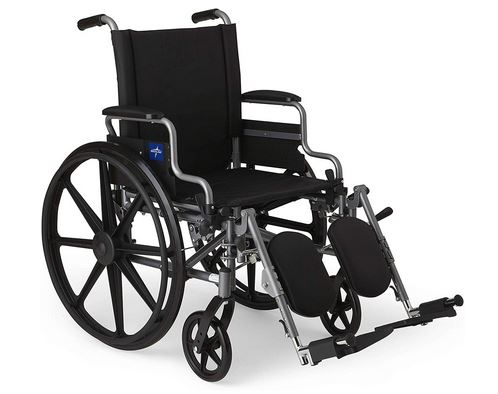 Wheelchairs and Mobile Chairs
Wheelchairs and Mobile Chairs
 Accounting and Tax
Accounting and Tax Books-Seminars-Courses
Books-Seminars-Courses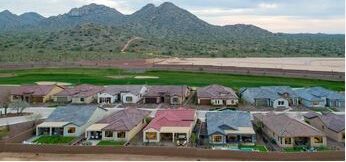
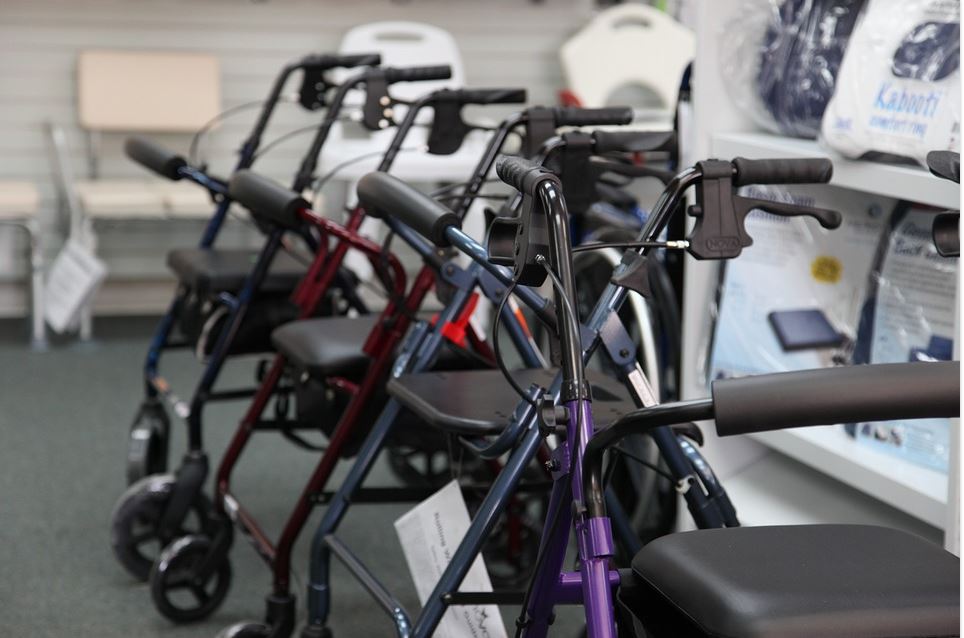 ASSISTED LIVING
ASSISTED LIVING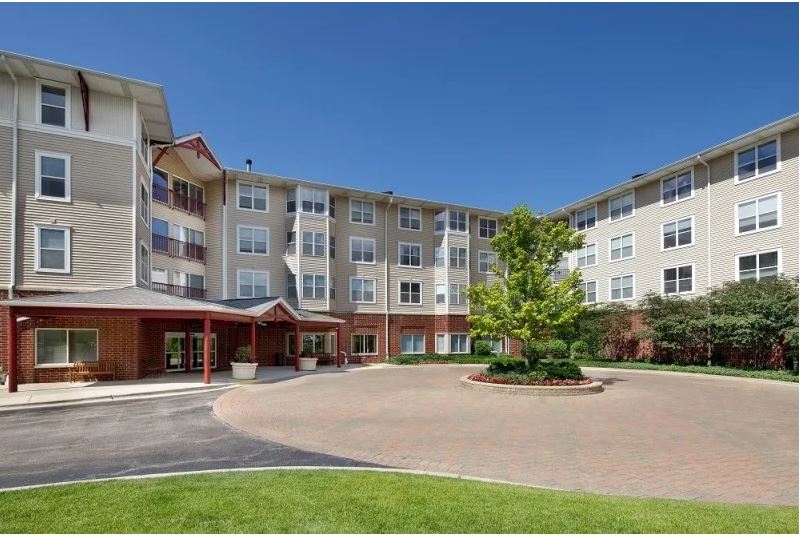 Assisted Living Facilities
Assisted Living Facilities Cohousing Communities
Cohousing Communities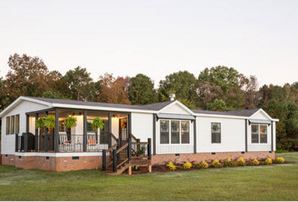 Manufactured Housing Communities
Manufactured Housing Communities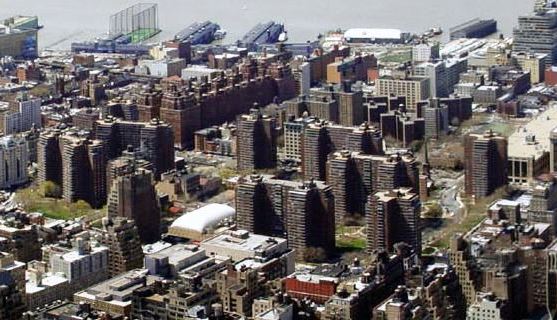 Naturally Occurring Retirement Communities (NORCs)
Naturally Occurring Retirement Communities (NORCs) Personal Residence LIving Independetly
Personal Residence LIving Independetly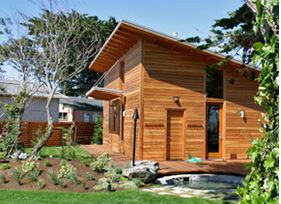 Accessory Dwelling Units
Accessory Dwelling Units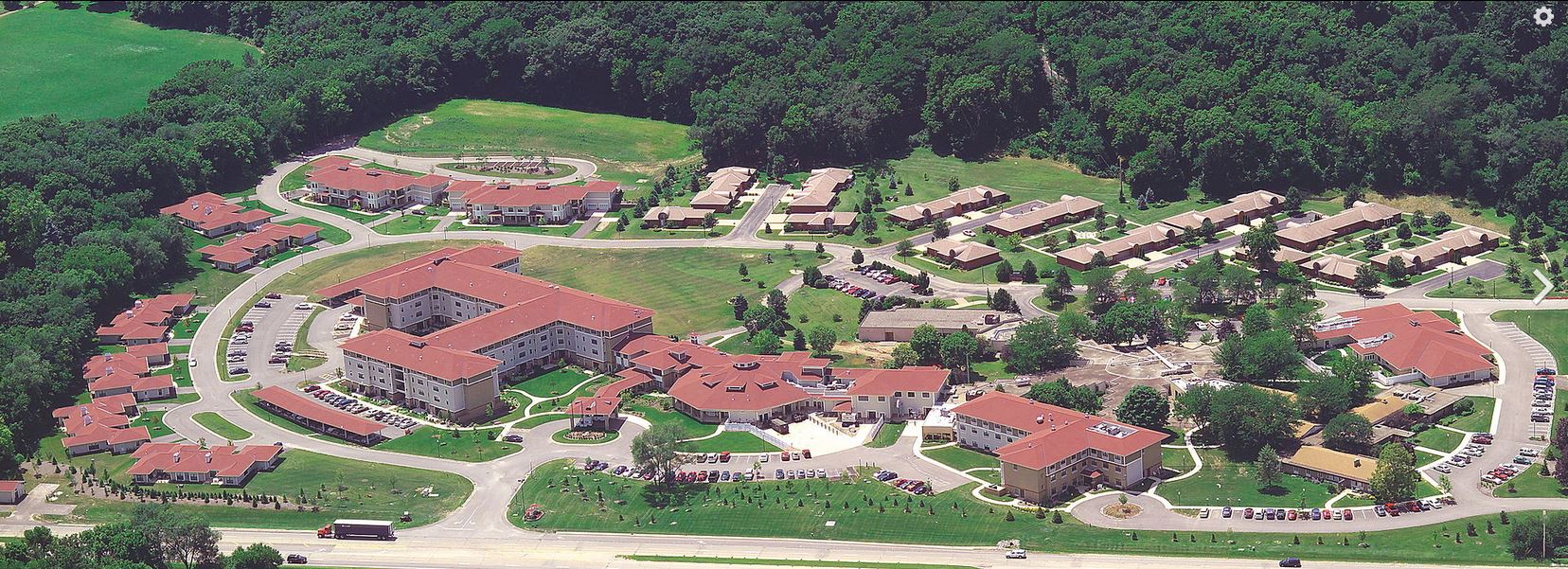 Continuing Care Retirement Communities
Continuing Care Retirement Communities Multigenerational Households
Multigenerational Households